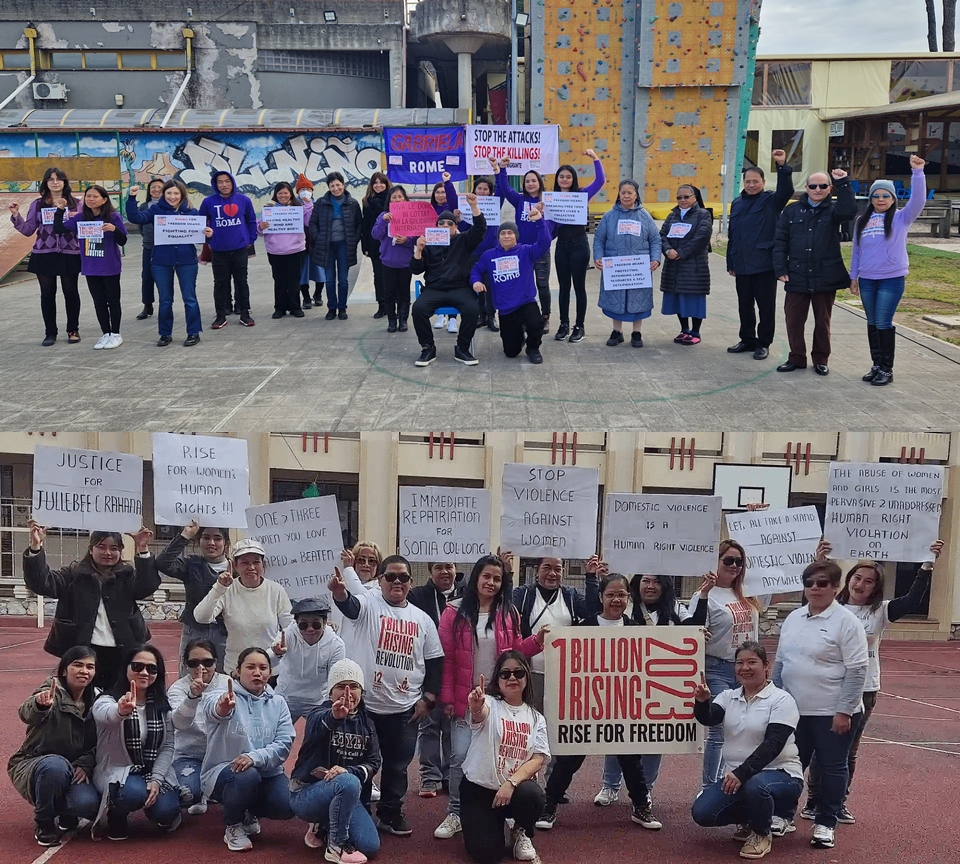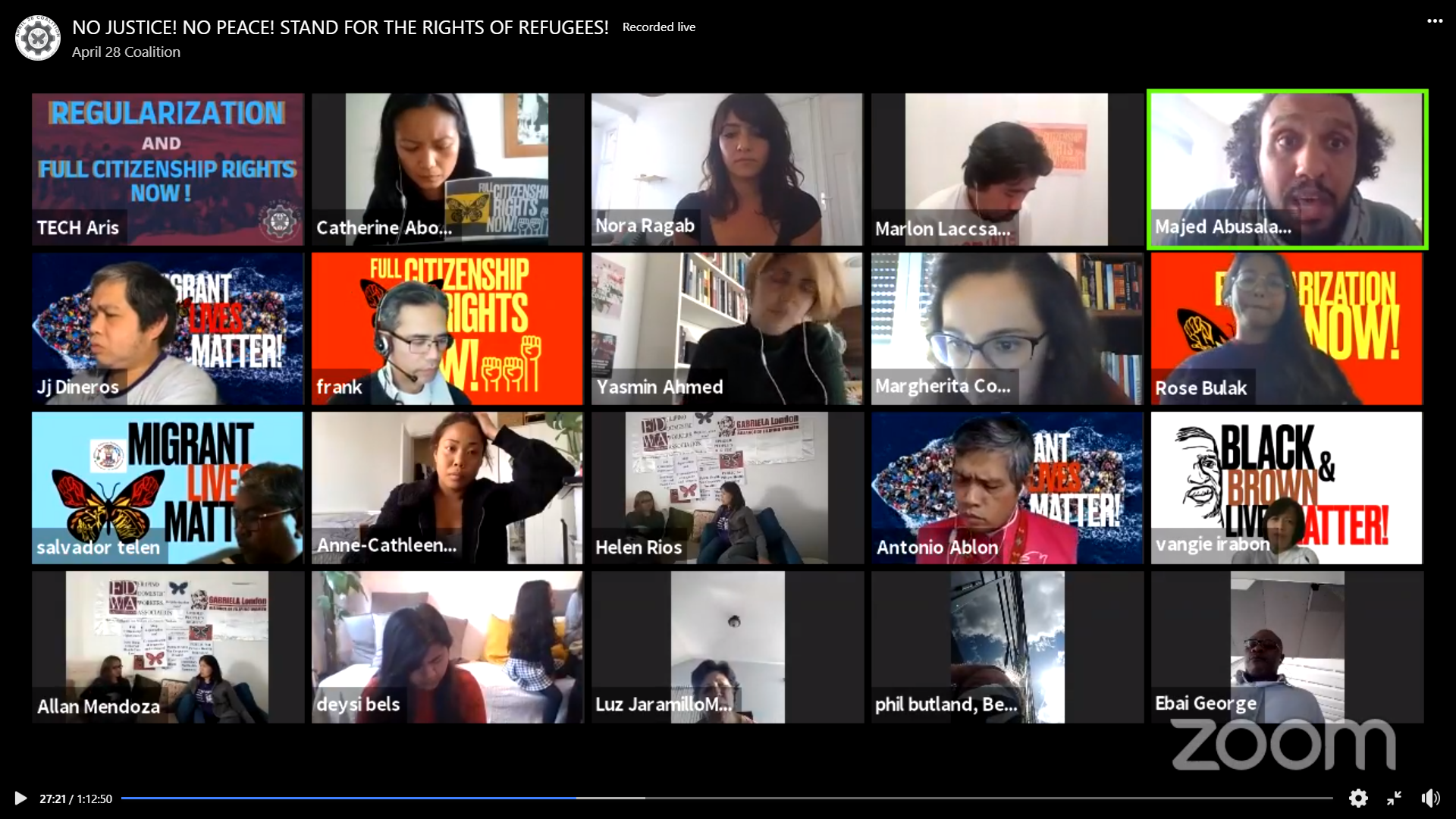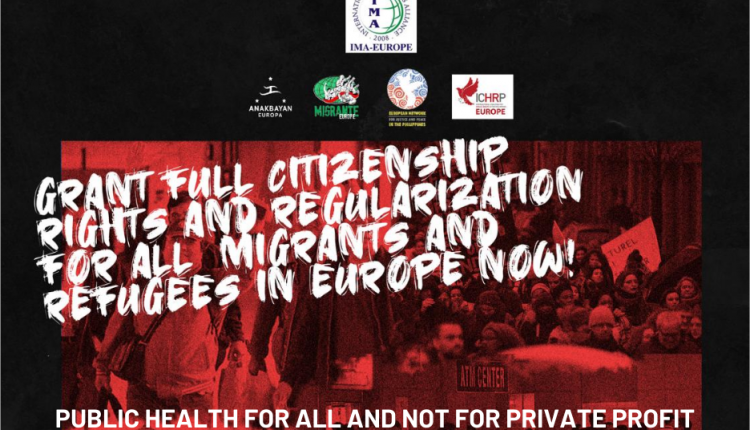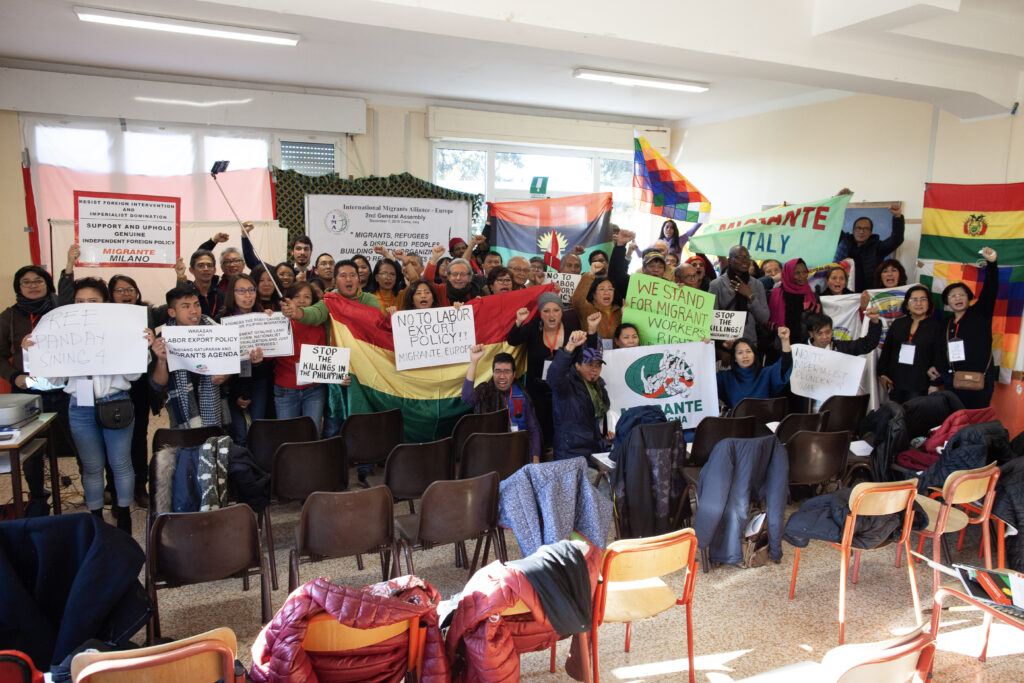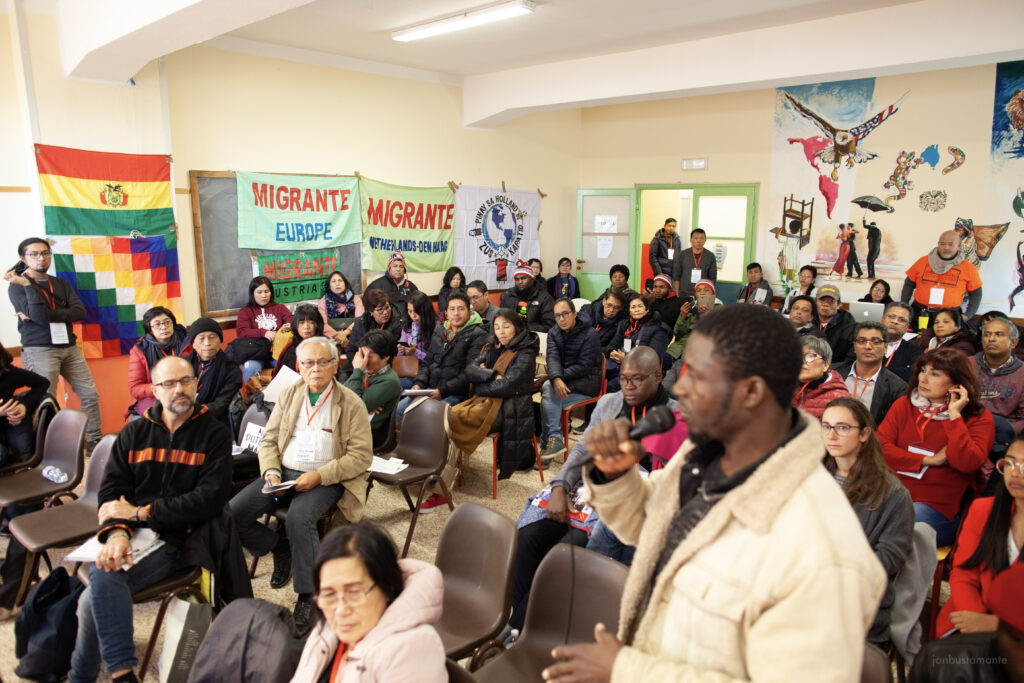By: Veronica Uy, InterAksyon.com, May 13, 2015
Often between media and source is conflict. And conflict was what brought me to meet Filipino diplomat and public servant exemplar Domingo “Doy” Lucenario.
Before 2007, the Philippine passport was largely disrespected for its easy “fake-ability” (remember being called for a longer immigration interview at your destination?) because the Philippine passport system was in shambles (remember how the lines were long and disorderly, with fixers everywhere misguiding the already exhausted and confused applicant?) and a contract to upgrade the Philippine passport to world-class level is in the legal dustbin.
But then Asec Doy did not wait for those bureaucratic and legal obstacles to correct themselves before he fixed what he could. He patiently, deftly, and systematically put things in order.
Anyone who’s worked in or with government and is familiar with its turtle pace (especially if additional budget is needed) has called his accomplishments at the passport division nothing short of a miracle. Migrant workers’ rights advocate Ellene Sana recalls how Doy turned the once much-cursed passport division into an “efficient, person-friendly” office that “delivers in its services.”
His solutions were simple but effective, products of a frank observation of the system: “big visible signages with the name of the DFA passport office and arrows pointing to the passport office; continuous play on the loudspeaker/public address system of announcement to inform the applicants of what to do/requirements to apply/renew the passport and also to warn against fixers; and courteous guards and personnel attending to and guiding the applicants, providing accurate information and advice.”
He was at the frontline DFA service that other diplomats were reluctant or unwilling to manage as it was not about the more glamorous “foreign policy.” He recognized the importance of this service to ordinary folk. At that time, at least 6,000 passports were processed every day!
He used time-and-motion studies to determine how many staff were needed for each step of the passport process. He hired and trained young, eager-to-help people to face this tired, impatient, and perhaps hungry crowd. He also found a place for the not so easily employable and hired the hearing-impaired for data encoding.
On top of these efforts at the DFA main office and the regional passport offices, he introduced the mobile outreach passport program to remote municipalities where applications are processed within the day.
He was a systems man. He viewed the problematic situation as a system and fixed it as a system — no piecemeal tweaking for him.
While he was doing all these, he was also working with other agencies: a one-stop passport processing station at the POEA for OFWs; removing the Malacanang verification for authentication of documents; and an on-line database of the National Statistics Office to facilitate verification of birth certificates (I know he helped work it out so the NSO would have an office near the DFA for faster service).
A key goal was to work on getting a machine-readable passport for all Filipino travelers. He successfully got the bosses to sign up on the plan — I’m sure not without much jumping through all kinds of legal hoops. Now we have more than that — an electronic passport (e-passport) that gets us through most foreign destinations with no more shameful invites for side interviews by immigration officers.
At the core, he was a pro-people public servant. While many in government service would refuse to work with sometimes irascible leftist groups like Migrante, he did. In fact, Migrante’s Eman Villanueva got him as ninong at his wedding.
Lingkod-bayan
Like Villanueva, I have asked for his help with passport applications and releases (many for bosses, officemates, and colleagues, and several for relatives). With his good nature (ang gaang gaang dalhin, so easygoing), you know he’s not going to take it against you or count it as a favor he would call back on.
“Pana-panahon, nakakatagpo tayo ng mga tao sa gobyerno na tunay at sinserong naglilingkod sa ating mga kababayan. Walang inaasahang kapalit, parangal, o pagkilala. Bukas ang isip at handang makinig sa ating mga karaingan kahit magkaminsan ay hindi kapareho ng palagay at pananaw sa ibang mga bagay,” says Villanueva.
“Gumagawa siya ng paraan para matugunan ang ilang kagyat na pangangailangan ng ating mga kababayan sa kabila ng mga kakapusan at limitasyong kakabit ng kanyang katungkulan o ng burukratikong sistema ng pamahalaan. Mabilis na tumutugon kapag nilalapitan. Ilang beses din na kami sa Migrante ay may inilapit at kagyat niyang tinulungan.”
(“Sometimes, we encounter people in government who are true and sincere in serving our people. No expectation of recognition or honor in return. Open-minded, ready to listen to the people’s complaints, even if sometimes his views and yours are not the same.”)
(“He found ways to respond to the urgent needs of the people despite the lack and limitations attached to his position or the bureaucracy. He quickly responded when approached. Many times, we in Migrante approached him, and he immediately responded.”)
He was toward the end of his tour in dangerous Pakistan when he died, looking after the welfare of thousands of OFWs still in US and NATO military bases in Afghanistan, including the Samahang ng Filipinos (SAF) and the Pinoy Bunker/Filipinos in Afghanistan who called him their “link to the Department of Foreign Affairs.” As there is no DFA presence in Afghanistan, he was “the eyes and ears of the Philippine government” there, able to guide the Philippine government in the raising or lowering of alert levels in that country.
According to Roberto Tabloc, who has his own construction company in Afghanistan, Amba Doy was able to persuade the powers-that-be to expand the exemptions for OFWS in Afghanistan. He hopes that this will be announced this month to enable more Filipinos working in that country to come home for vacations and be documented by the POEA.
What was the source of this passion and leadership to serve? According to my boss Chuchay Fernandez, Doy was one of the original recruits of the late World Press Freedom icon Jose Burgos Jr. Doy was among the student leaders he mentored in the mid-1970s, way back when Doy was just a UE high school student.
To fellow workers in government, he was not boss (even after he became ambassador), he was colleague. Faith Bautista recalls their days in Iran for a NAM meeting. “I was the only female in the delegation and I am the non-officer. I have to do staff work. But you were always there. Be it at 12 midnight to get the badges or to take notes for the big boss while I arrange his next meetings. You need not be there. But you were there! You were also there at 4 in the morning to see if we were alright while preparing for the next day of the Coordination Workshop for SNAMMM heads.”
And which reporter does not appreciate a great news source? Amba Doy was. To this reporter he always had stories. If he could not go on record, he would point to another source (inside or outside the DFA, a person or a document) that could confirm his stories.
After the shock of the news of his death, my Facebook newsfeed had a lot of posts thanking him for his service. Indeed, he had been an exemplary diplomat, bridging people and ideas, and a true public servant, going beyond the call of duty. A happy worker. Salamat, Amba Doy. Salamat sa lahat.

